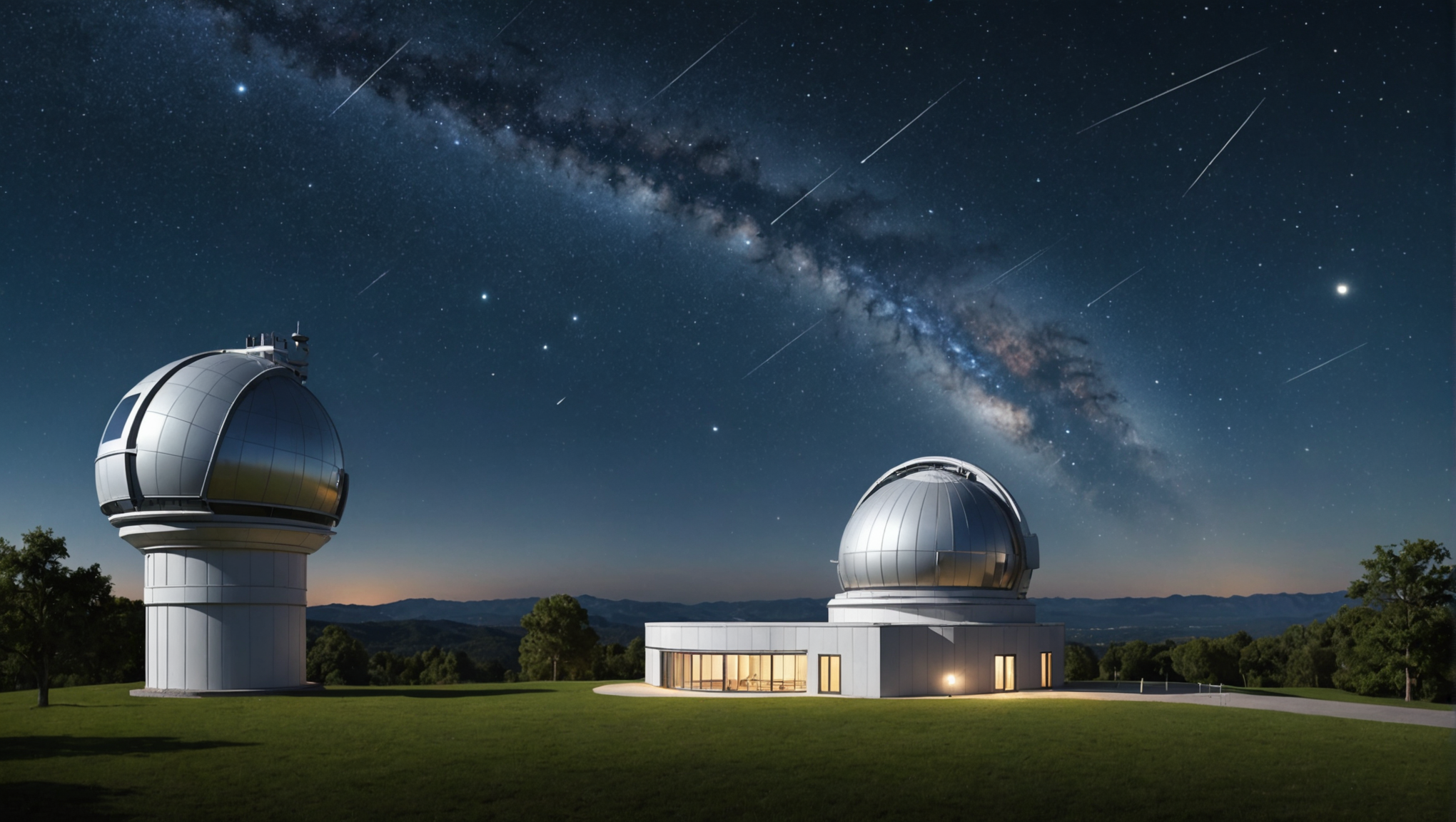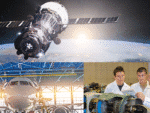The universe, vast and mysterious, has always fascinated humanity and stimulated an insatiable desire for exploration, observation and understanding. Astrotech, a term that evokes the alliance between astronomy and technology, proves to be a real catalyst for this quest. Recent technological advances have opened new doors in our ability to peer into the skies and unlock the secrets of the universe. Thanks to cutting-edge equipment, such as telescopes ultra-high resolution and advanced spectrographs, we now have the opportunity to explore exoplanets and detect traces of life beyond our solar system.
The convergence between astronomy and technological innovations is not limited only to observation instruments. It also covers various areas such as medicine, inspired by space technologies, and entrepreneurship, where bold ideas are born to better understand the universe around us. Immersed in the fascinating world of Astrotech, this article will expose recent innovations and their impact on modern astronomy.
Table des matières
ToggleAstrotech: Technological Advances and Their Impact on Astronomy
The domain ofastronomy has always been closely linked to technological developments. Today, advances inAstrotech, or astrophysical technology, represent a major turning point that transforms our understanding of the universe. This article explores the key innovations currently defining the astronomical landscape, the challenges they pose, and the prospects for the future.
Technologies at the Service of Astronomy: A Journey to the Heart of Innovations
Within modern astrophysics, several cutting-edge technological instruments play a crucial role. THE James Webb Space Telescope (JWST), scheduled for launch by NASA in 2021, is one of the most iconic. Equipped with infrared sensors latest generation, it allows us to probe the first stars and galaxies, thus opening new perspectives on the origin of the universe. This telescope, with its 6.5 meter diameter mirror, offers unparalleled clarity, positioning itself as an invaluable research tool.
L’Extremely Large Telescope (ELT) is another flagship project, with its impressive diameter of 39 meters. This giant telescope is intended to revolutionize not only the observation of celestial objects, but also the detection of potential life on other planets thanks to its ANDES spectrograph, which will analyze the atmospheric composition of exoplanets.
In terms of detection, researchers have recently developed instruments capable of converting infrared light into visible frequencies, thus facilitating the exploration of celestial data. These innovative techniques provide access to previously unobservable regions of the universe, creating a new field of study for astronomers.
The Link between Astrology and Entrepreneurship: New Paths for the Future
The advances in astronomy and space technologies not only have an impact on scientific research; they also open paths towardsentrepreneurship. Several start-ups are emerging around technological innovations inspired by astrophysics, a dynamic that is particularly noticeable in cities like Geneva, which aims to be a renowned astronomical hub. Entrepreneurs are leveraging new techniques to deliver innovative solutions, ranging from applications for astronomical data analysis to design of satellites miniatures.
Thus, it is interesting to explore how these innovations can be leveraged to encourage economic development. Collaborations between universities and technology companies can catalyze applied research. Funding agencies, such as the European Union, can play a crucial role in supporting these initiatives.
For astronomy professionals, it is crucial to be proactive in their entrepreneurial approach. Participate in hackathons, interdisciplinary workshops or incubators dedicated totechnological innovation can generate interesting partnerships. In addition, knowledge sharing within these networks promotes a collaborative culture capable of solving complex problems through the exchange of ideas.
Future Perspectives: Evolution and Innovations on the Horizon
The current challenges in astrophysics are numerous, ranging from managing massive data to improving instrumental precision. As a result, the development of new strategies is essential to take advantage of these technological advances. The domain ofAI (Artificial Intelligence) is beginning to appear in astronomy laboratories, offering innovative solutions for data analysis and modeling of cosmic phenomena.
In short, the adoption of machine learning technologies could revolutionize not only the way information is processed, but also the speed at which new discoveries are made. Therefore, the sector must remain vigilant about its cross-sector collaborations and investments in research and development. A proactive approach in technology partnerships will be key to maximizing innovation.
Looking to the future, it is imperative that researchers actively engage in awareness to the general public. This could translate into conferences, online seminars, and even school projects focused on astronomy. Educate the community about discoveries related toAstrotech could generate increased interest in science, possible research funding and motivate young people to consider a career in this fascinating field.
With a future full of discoveries, astronomy, through technological advances, continues to amaze and inspire, making each step in the exploration of the cosmos a new chapter for both science and humanity.

Fatoumata Kebe : "L'astronomie, c'est la science qui étudie le passé" https://t.co/uLwkxd1QDJ pic.twitter.com/4S3QJx1X1V
— FRANCE 24 Français (@France24_fr) May 18, 2024
FAQs on technological advances in astronomy
What are the main technologies used in modern astronomy? Astronomers use advanced telescopes, of the spectrographs, and satellites to observe and analyze cosmic phenomena.
How does technology influence astronomy? There technology not only improves the instruments research, but it also opens new avenues for discovery exoplanets and distant galaxies.
What is the Extremely Large Telescope (ELT)? The ELT is an ambitious giant telescope project, planned to have a diameter of 39 meters, which will be equipped with advanced technologies to study the first moments of the universe.
What role does the ANDES spectrograph play in the search for exoplanets? The ANDES spectrograph, intended for installation on the ELT, is designed to detect signs of life potential on exoplanets by analyzing the composition of their atmosphere.
What are the jobs linked to technological advances in astronomy? The sector allows various jobs in research, design of satellites, as well as in areas related to astrophysics.
How does astronomy research contribute to other fields? The advances in astronomy inspire numerous innovations, including in sectors such as medicine, where space technologies are adapted for terrestrial applications.
What are the advantages of satellites in astronomy? Satellites help collect valuable data about the universe, providing insight global on celestial objects and phenomena which cannot be observed from the earth’s surface.
What innovations are expected in the future of astronomy? News techniques detection and analysis, as well as the continuous improvement of instruments, promise to expand our knowledge of the universe in the years to come.























